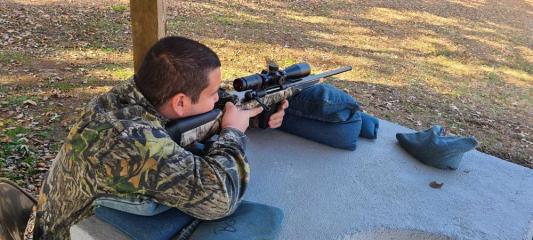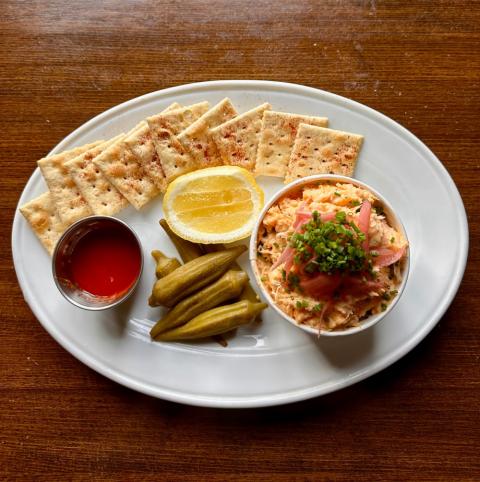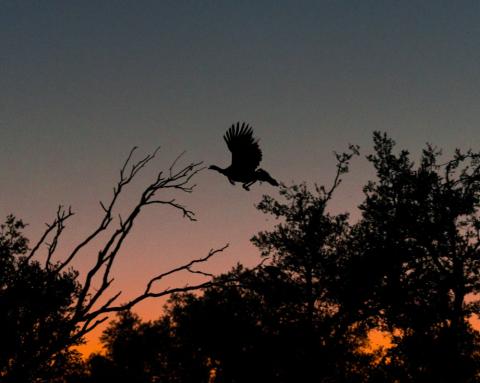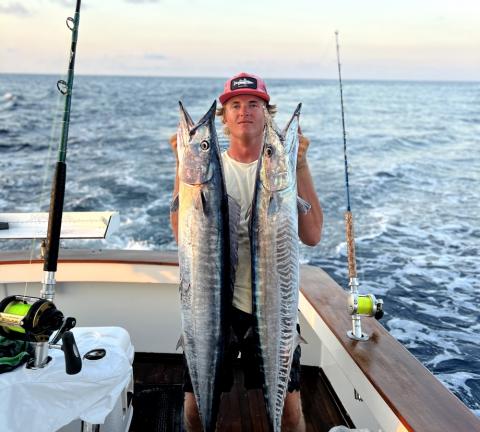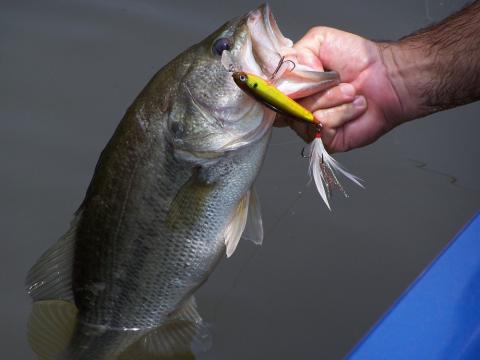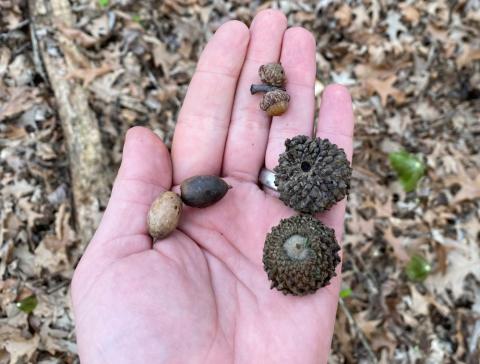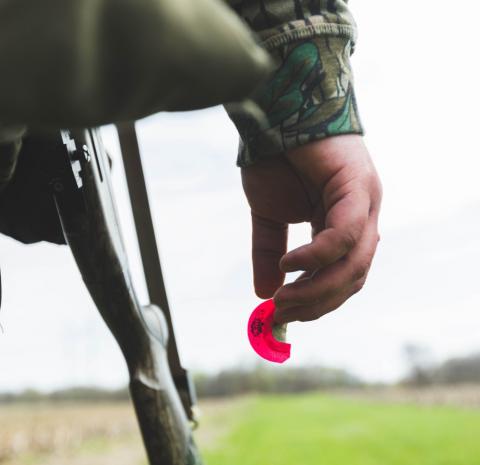Ryan Graves
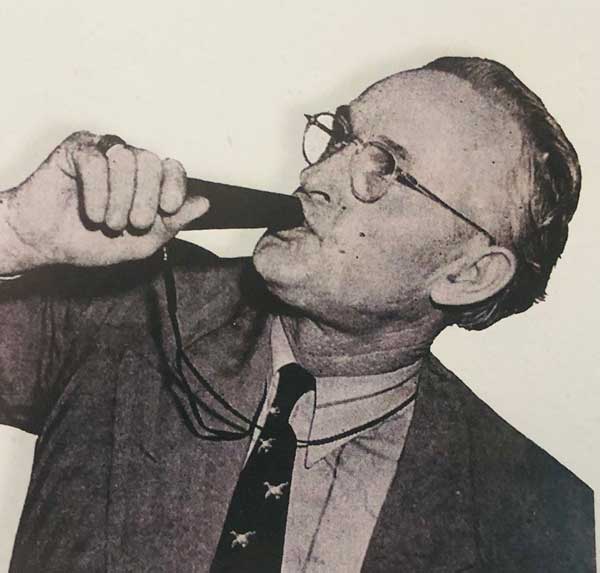
1889-1963
Newbern, Tennessee
Earl Dennison from Newbern, Tennessee, more than likely made and sold more “Reelfoot” style duck calls than any other make. He was a tireless worker that traveled the country promoting his craft. Earl was considered to be the “Duck Call Man!”
Dennison was born in Henderson County, Tennessee, on December 6, 1889. As a young boy, his family moved to Newbern, Tennessee. Newbern is located in Dyer County just a few miles northeast of Dyersburg. This area is made up of the Obion and Forked Deer rivers that flow into the nearby Mississippi River, making it a hotbed for waterfowl hunting. Dennison learned to hunt at a young age from his older brother, Jim, who was a very skilled outdoorsman that fished, hunted, and trapped as a means to help his family put food on the table. Throughout his childhood, Earl followed his father and brother to the rivers and Reelfoot Lake, where he would later become a guide in his teenage years.
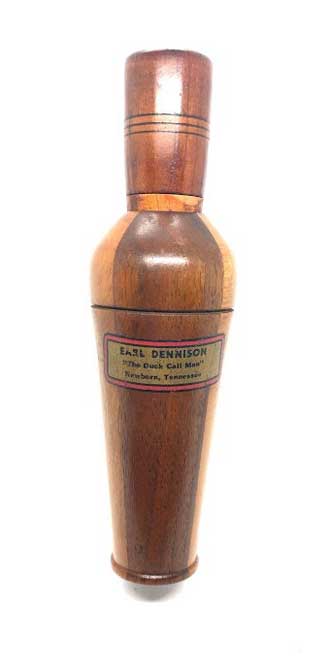
Earl began making duck calls somewhere around 1915 as a hobby. He would give them to friends and sell them to sports that came to the area to hunt and were looking to take back a memento. Earl once stated, “Rich hunters from St.Louis and Chicago used to give me $5-10.00 a day to call for them and they would nearly always offer to buy my call from me. So I just decided to make callers for sale.”
All of his early efforts were hand carved. His woods of choice were cedar and sumac. It wasn’t until the early 1930s that Dennison started to apply labels to his calls. His first labels had “Earl Dennison The Duck Call Man Newbern Tenn” on them in gold flakes on a black backdrop. The labels added style to the calls but the flaking wasn’t very durable and rubbed off with ease. For that reason, there are very few examples of this early label that are legible. His next set of labels were oval and had his information on them along with a price. Prices on the labels varied from $6.00, 8.00, 10.00, and 20.00. It is very common to find one of these labels with the price section of the label cut off or the price is smudged out. His third label style was a red and gold water label that was similar to that of so many other call makers.
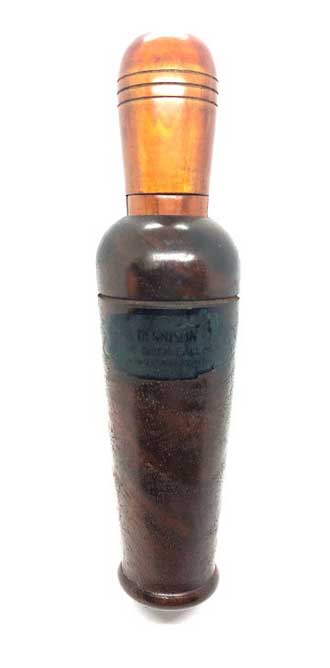
Like many other West Tennessee call makers, Earl looked to Tom Turpin as a mentor in his call making efforts and was able to spend time with Mr. Turpin in his shop. Another friend and mentor that helped Dennison was N.O. White from Dyersburg. White was a well-respected call maker and shop teacher at Dyersburg High School. From the late 1930s through the 1940s, White helped Dennison make and market laminated duck calls. The laminated calls would serve as his higher end calls to go along with his checkered calls. Examples of Dennison laminated and checkered duck calls are quite rare and treasured by collectors.
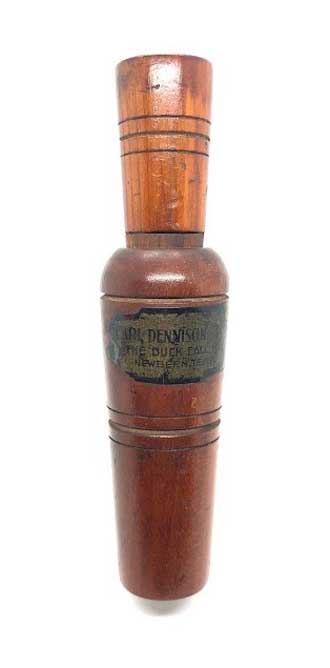
Business was good for Dennison in the 1930s but it did not come without a lot of hard work. In the months prior to duck season, Dennison assembled a list of sporting goods stores and dealers from all over the country. He tirelessly did seminars, radio shows, and demonstrations to help sell his calls. Since he was spending so much time on the road, Dennison had his name and contact information painted onto the doors of his vehicles to help advertise. It wasn’t long before Dennison began spending more time on the road than he did in his shop. His son, Tom, and his two son-in-laws, Noel Carman and Farris Garner, worked in the shop making calls and filling orders while Earl was on the road. In the 1940s, Dennison was forced to find a larger location to facilitate his booming business. After looking for the perfect place, Dennison purchased a rather large house that could house his family and serve as the headquarters for his call-making operation.
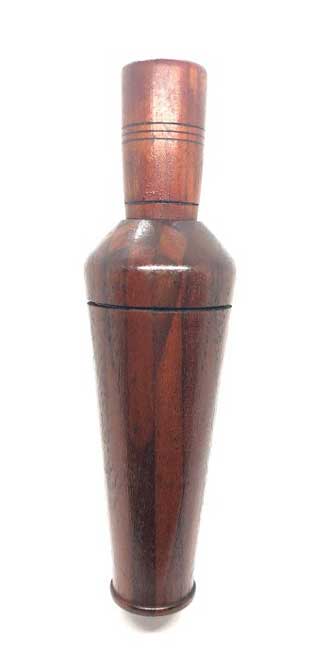
For the next 20 years, the Dennison call business flourished. Dennison had dabbled in expanding his call lineup to include turkey calls, goose calls, and crow calls but at the end of the day, it was his duck calls that were so popular. The crow call became a fixture in his lineup but the turkey and goose calls were a failure. It has been said that less than five Dennison goose calls ever left the shop and ended up in the hands of hunters. During this timeframe, Dennison also recorded a 45-RPM instructional record. One side of the record was meant for professional callers and the other side was meant for amateur calls.
Earl Dennison passed away in 1968 at the age of 78. The legacy that he worked so hard to create was passed down to his son, Tom, and grandson, Ricky. From 1968 to 1993, the father and son made and sold thousands of duck calls out of their shop in Newbern. Calls from this era were still sold under the company name, “Earl Dennison Duck Calls.” The storefront shut down in 1993 but was still full of calls up until 2015. Calls made after Earl’s death are noticeably different from the ones made prior. The vast majority of them have the initials “E.D.” stamped into the barrel and Tom often wrote on the bottom of the tone boards. Tom had very distinctive handwriting and had the tendency to misspell things.
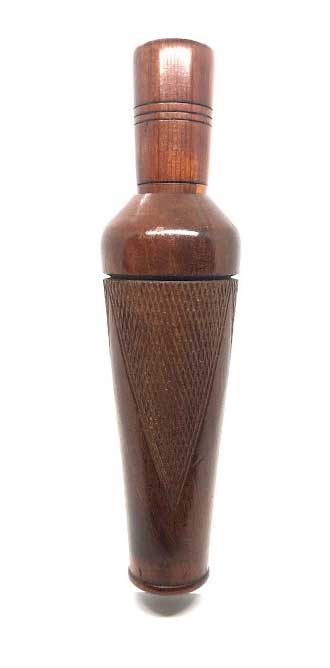
You can see examples of Earl Dennison duck calls from my collection that are pictured below on display at the Ducks Unlimited Heritage Center in Memphis, Tennessee inside the Bass Pro Shops Pyramid until September 2022. I can be reached at rkegraves@gmail.com and @rkegraves on Instagram.
Learn about other vintage duck call makers:














